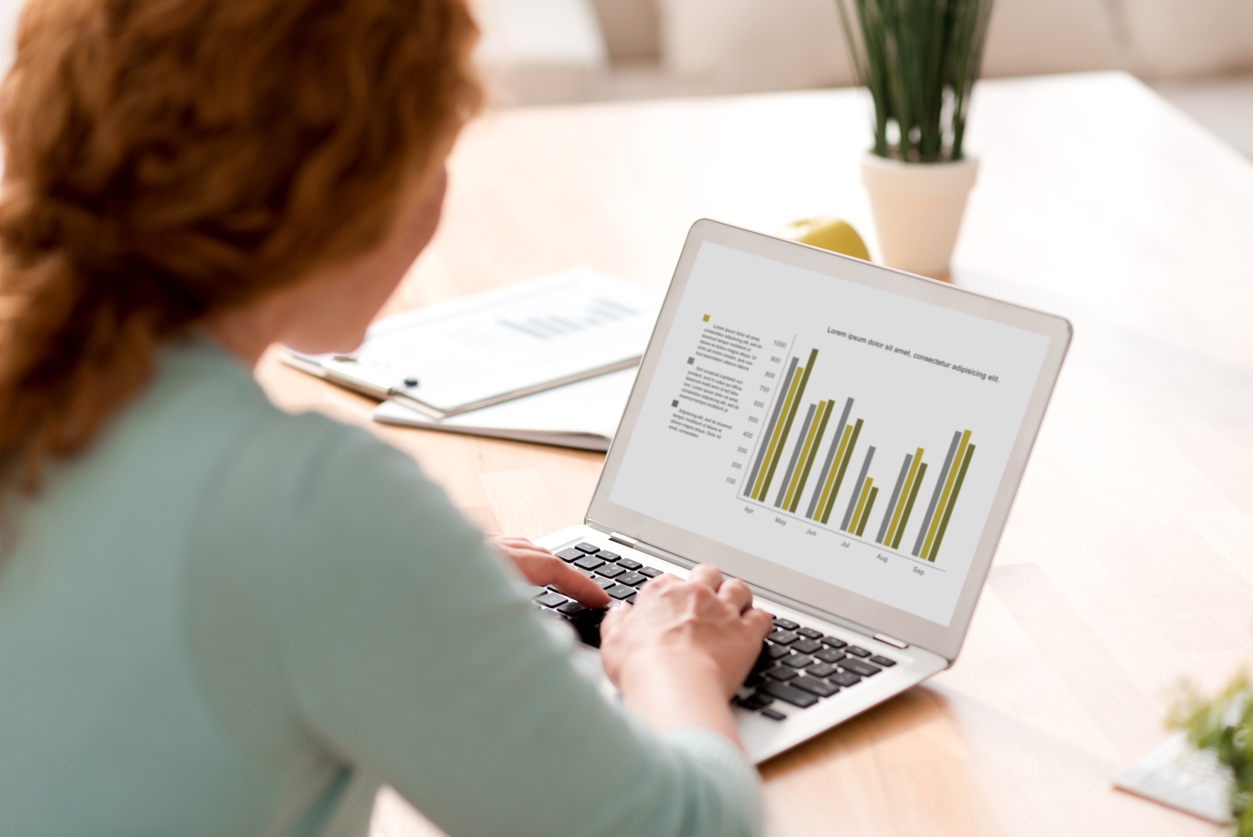Moving Your Data Over To A New Platform
Preparation is the key to any formal change in your accounting software.
Using accounting software should be a real-time-saver for freelancers and small business owners. By streamlining data, and keeping it all in one location, the numbers can easily be crunched, projected and manipulated to provide all the information you could possibly need about your business activities. There are a number of accounting software packages on offer, from Sage to Quickbooks to Xero, but if you’re thinking of making the move from manual accounting to a dynamic software package, or just want to change the platform you use, then there are some important points to consider before you take the plunge.
Grabbing Your Opening Balances
Unless you’re a brand-new business owner, you’ll likely already have some previous accounting years’ information to work with. When you switch over to any piece of accounting software, you can begin by inputting your opening balances as your starting point. This means that you’ll need to have reconciled the numbers, with an accurate understanding of the money owed to you, as well as the invoices that you’ll need to pay.
Switching Software Packages Mid-Year
Ideally, it would be easier and neater for you to make the switch to a new accounting software package at the beginning of the financial calendar. However, it’s entirely possible to change your processes at any point in the year, but you’ll need to make some decisions about how to handle duplicate sets of data. For example, as you’ll have a number of months of data in one package, you can either completely abandon your previous method of bookkeeping and take the time to reinput the data into your new package. Alternatively, depending on the amount of time you have left in the financial year, you may choose to run your old and new methods in tandem for a while. The disadvantage of both methods is that you’re reliant on accurate inputting which may be subject to human error, so there could potentially be discrepancies in your data sets. However, there’s also the opportunity to use the original data as training material when you carry it across to your new software platform.
Getting To Grips With Your New Package
As with any new software package, it can take some time to get used to the way it works and any new features or layouts you may not have come across before. Some software packages have the ability to take direct payments, whereas others don’t offer this but might provide a calculator for dividends. It’s important that you have a solid understanding of the features of your new accounting software before you commit to it as this could be an expensive decision to have to reverse if you’re not happy.
Training
Any switch of software is likely to come with some minor teething problems, but this can easily be resolved by ensuring that you and your staff have adequate training. There may not be a need to sign up for a formal course as achieving a qualification isn’t always your end goal. If you’re looking for some general guidance on how to simplify your daily tasks, then a firm of accountants in Peterborough recommends hiring someone to come in for a couple of hours of training. This is advantageous as you’ll be using your own data sets to practice with and be taught different functions which can benefit you.
The key to switching to accounting software is in preparation. Have a plan in place, know exactly what timeframe you want to work to, and look to invest in a little training to help you get settled with your new platform.


Leave a Reply
You must be logged in to post a comment.